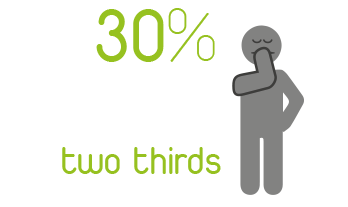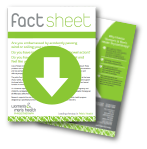Bladder
Are you always going or rushing to the toilet?
Do you find it hard to get started or have slow flow?
Do you dribble after you’ve finished urinating?
Difficulty controlling and emptying your bladder are frustrating and embarrassing problems that can have a huge impact on your life. You might find yourself feeling embarrassed at the urinal, arranging your daily routine around where the nearest toilets are or waking up exhausted because your bladder has interrupted your sleep.
More men than you think experience these bladder problems, especially as they get older. Often the main cause is prostate enlargement but there can also be other contributing factors. You don’t have to live with it or suffer in silence. In most cases, bladder problems can be better managed.
Common Symptoms:
• Rushing to the toilet with an overwhelming urge to go
• Leaking urine on the way to the toilet
• Going to the toilet frequently
• Having your sleep interrupted by the need to urinate
• Feeling like you haven’t emptied your bladder properly
• Having to return to the toilet soon after urinating
• Difficulty getting started or having to strain to empty your bladder
• Leaking after you have finished urinating or have walked away from the toilet
Possible Causes Of Bladder Problems:
• Poor pelvic floor muscle function
• Prostate enlargement
• Prostate surgery ie TURP
• Constipation
• Poor fluid & toileting habits
• Chronic cough
• Obesity
• Ageing
• Neurological conditions
• Medications
How We Can Help:
Evidence shows that you can successfully treat these problems through a personalised pelvic health program designed and managed by a specifically trained Physiotherapist. At Women’s & Men’s Health Physiotherapy we specialise in providing a personalised pelvic health program exclusively for you.
What To Expect:
• A thorough assessment to establish your goals, pelvic floor requirements and treatment plan
• Design of a personalised pelvic floor muscle exercise program
• Progression of your program and application to daily activities
• Instruction in good bladder habits, fluid intake and bladder training
• Instruction in a more effective way to empty your bladder
Did You Know













